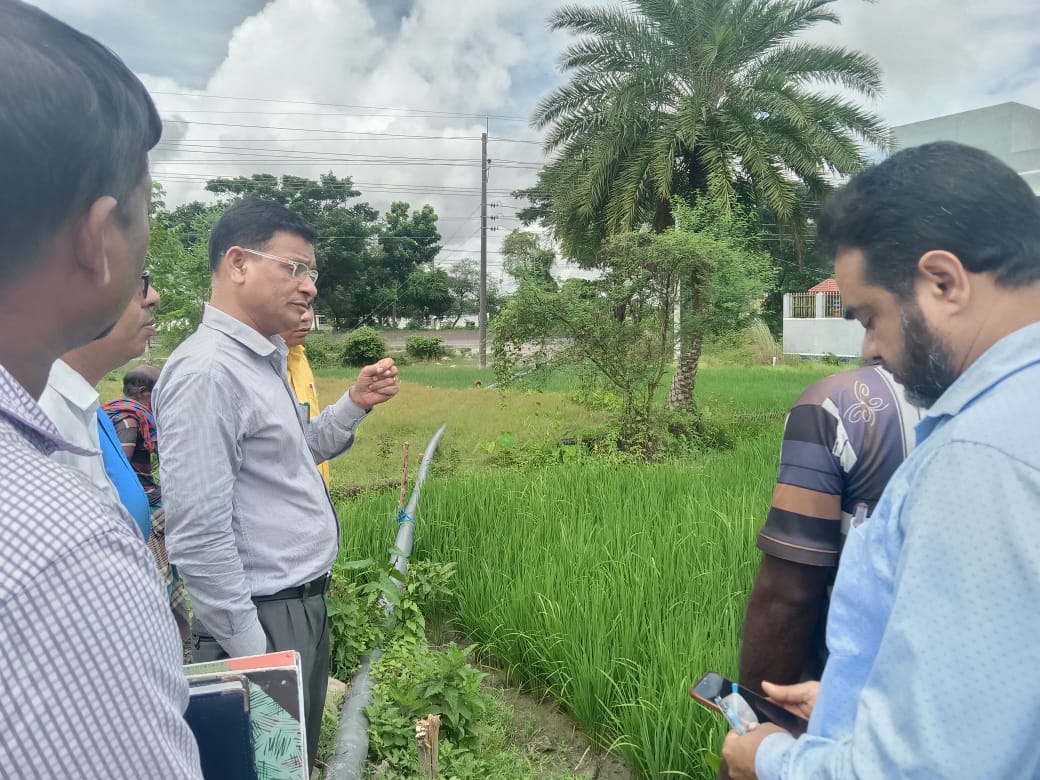News Flash
News Flash

By S M Zahid Hossain
KHULNA, Oct 9, 2025 (BSS) - Farmers in Khulna are embracing green manure as a sustainable alternative to chemical fertilizers, offering new hope for eco-friendly and cost-effective agriculture in the coastal region.
With guidance from the Department of Agricultural Extension (DAE), farmers are reviving traditional methods such as green manuring to cultivate paddy successfully without chemical inputs. The practice not only improves soil health but also reduces production costs and dependence on chemical fertilizers.
Farmer Md Shahjahan Hossain of Shurikhali village in Batiaghata upazila cultivated transplanted Aman paddy this year on 70 decimals of land without using any chemical fertilizers. Instead, he used Sunn hemp (Dhaincha) as green manure.
"After harvesting Boro, I sowed Sunn hemp seeds. When the plants matured in about 45 days, I plowed them into the soil," Shahjahan told BSS. "My paddy grew well without any chemical input, saving me around Tk 6,000-7,000."
Farmers in nearby Gangarampur and Chakrakhali villages, including Abdul Hamid and Harun-ur-Rashid, have also adopted the method and observed promising results.
According to agricultural experts, green manuring increases soil organic matter, enhances microbial activity, and enriches the soil with nitrogen. Research by the Agricultural Research Foundation shows that one hectare of Sunn hemp can contribute 60-80 kg of nitrogen, equivalent to 4-5 bags of urea fertilizer.
Inspired by the success, farmer Abdul Hamid said, "For the first time, I've seen paddy growing without urea - and the yield looks good. I plan to plant Sunn hemp on all 12 bighas next year."
Sub-Assistant Agriculture Officer Jibananda Roy said that soil fertility in coastal areas is declining due to salinity and long-term chemical use. "We are encouraging Sunn hemp cultivation. Already, around 110 bighas in Shurikhali have been brought under green manure cultivation."
DAE Khulna Zone reports that in 2025, over 3,000 farmers cultivated Sunn hemp on 474 hectares across Khulna, Bagerhat, Satkhira, and Narail, with 400 hectares used directly as green manure before Aman cultivation.